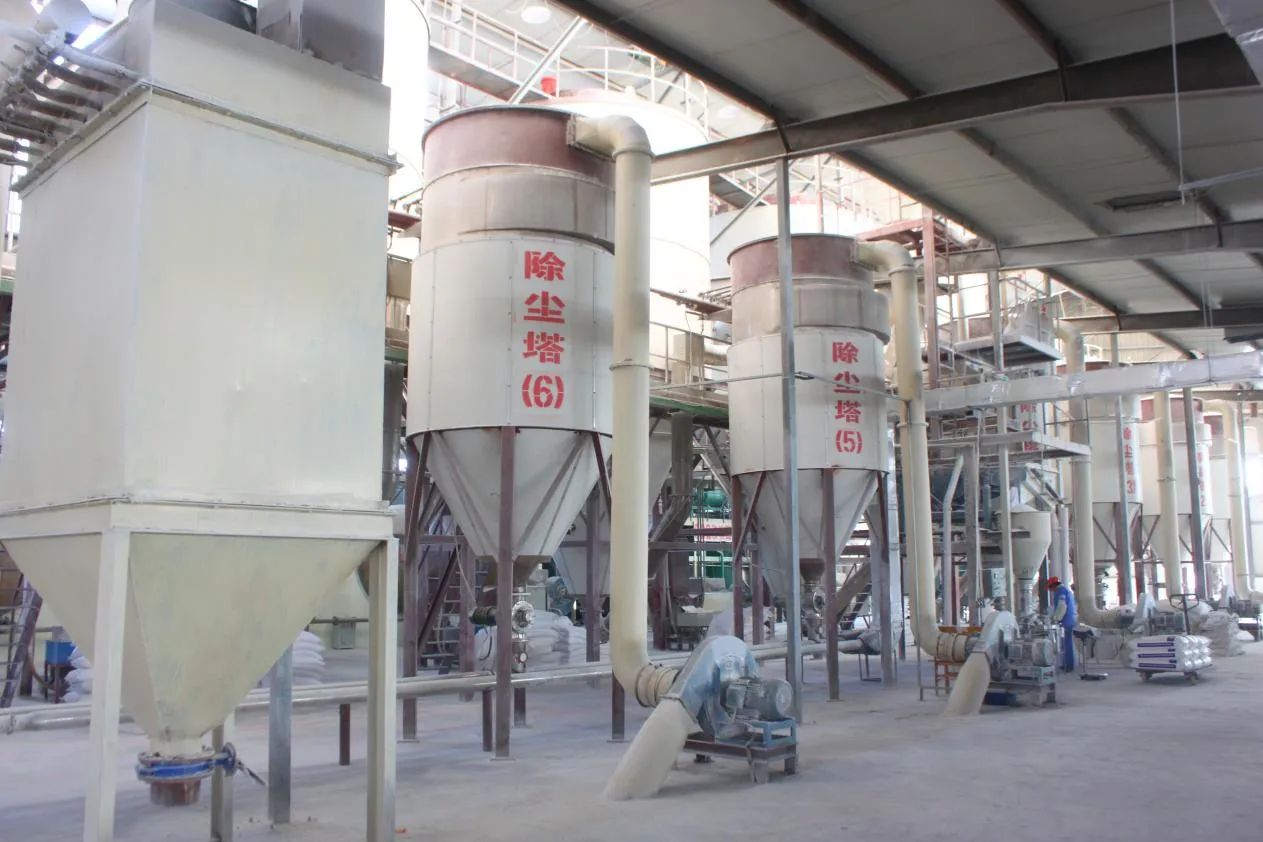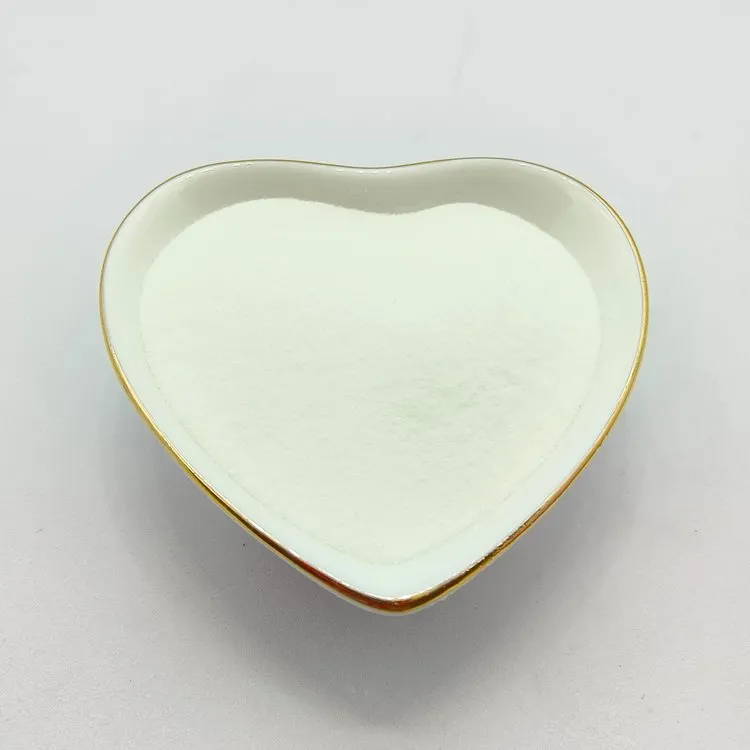
Understanding Redispersible Polymer Powder and Its Types
Redispersible polymer powder is a critical additive widely used in construction materials such as mortars, tile adhesives, and renders. Its ability to re-disperse in water and form a stable polymer film makes it a key component in improving adhesion, flexibility, and water resistance in cementitious and gypsum-based products.

There are several redispersible polymer powder categories available, each with specific properties and uses:
Redispersible latex powder: Created from latex emulsions, this powder offers superior flexibility and adhesion, making it ideal for external wall insulation systems and tile adhesives.
Redispersible emulsion powder: Obtained via spray drying of polymer emulsions, this variant is widely used in plasters, grouts, and repair mortars due to its excellent dispersibility.
VAE powder or vinyl acetate ethylene redispersible powder: Known for its balance of flexibility, bonding strength, and water resistance, VAE redispersible powder has become the most commonly used polymer type in modern construction materials.
RDP powder and RDP polymer: These terms are often used interchangeably with redispersible polymer powder and refer to polymer powders with re-dispersible properties.
Dispersible polymer powder: A general term encompassing all powders that can be dispersed in water, though not all are film-forming polymers like VAE-based materials.
Redispersible powder polymer: Emphasizes the polymeric nature of these powders, highlighting their role in forming strong, flexible films after water re-dispersion.
Sometimes referred to as re dispersible polymer powder or redispersible polymer, these materials remain integral to modern construction due to their versatile performance characteristics.

Manufacturing Process, Applications, and HS Code
Redispersible Polymer Powder Manufacturing Process
O redispersible polymer powder manufacturing process involves several key steps:
Polymer Emulsion Production: Vinyl acetate, ethylene, or other monomers undergo emulsion polymerization to create a stable polymer dispersion.
Additive Blending: Stabilizers, anti-caking agents, and protective colloids (such as polyvinyl alcohol) are added to maintain stability during spray drying.
Spray Drying: The emulsion is sprayed into a hot-air chamber, rapidly drying the water and forming fine polymer particles.
Powder Collection and Packaging: The resulting RDP powder is separated, cooled, and packaged for shipment.
This process ensures that when redispersible polymer powder RDP is mixed with water, it reverts to its original emulsion state, providing strong bonding and film-forming properties in construction materials.
Applications in Construction
A versatilidade de redispersible polymer powder makes it essential in numerous building applications:
Tile Adhesives and Grouts: Enhances bond strength, flexibility, and water resistance.
Wall Renders and Plasters: Improves crack resistance, adhesion, and durability against weather exposure.
EIFS (External Insulation Finishing Systems): Used for thermal insulation, adhesion layers, and base coats.
Self-Leveling Compounds: Provides smoother flow properties and mechanical strength for flooring.
Repair Mortars: Improves adhesion and flexibility in structural repair products.
Among all types, VAE RDP dominates the global construction industry due to its cost-effectiveness, reliability, and superior film-forming properties.
HS Code and International Trade
For international shipments, the redispersible polymer powder HS code is essential for customs classification. These powders typically fall under HS codes for plastics and chemical preparations, often in the 3905–3906 range, depending on the specific polymer composition. Exporters dealing with vinyl acetate ethylene redispersible powder or RDP polymer should verify codes with local authorities to ensure compliance with trade regulations.
Conclusion
The role of redispersible polymer powder in modern construction continues to grow as builders demand high-performance, cost-effective, and environmentally friendly materials. Whether referred to as VAE redispersible powder, RDP powder, or redispersible emulsion powder, these materials remain essential for durable adhesives, mortars, renders, and insulation systems.
With a well-established redispersible polymer powder manufacturing process, standardized HS codes, and proven benefits in construction performance, RDP polymer technology will continue shaping the future of building materials worldwide.
FAQs
FAQ 1 – What is redispersible latex powder, and how is it used in construction?
Answer:
Redispersible latex powder is produced by spray drying latex emulsions into free-flowing powders. When mixed with water, it re-disperses into a stable emulsion, improving adhesion, flexibility, and water resistance in mortars, tile adhesives, and plasters.
FAQ 2 – What is the redispersible polymer powder manufacturing process?
Answer:
O redispersible polymer powder manufacturing process involves polymer emulsion production, blending with additives, spray drying, and powder collection. This process ensures the powder can re-disperse in water and form strong polymer films in construction products.
FAQ 3 – What are the advantages of VAE redispersible powder compared to other types?
Answer:
VAE redispersible powder (vinyl acetate ethylene) offers excellent adhesion, flexibility, and water resistance at a competitive cost. It is the most widely used polymer in tile adhesives, EIFS, self-leveling compounds, and repair mortars.
FAQ 4 – What is the HS code for redispersible polymer powder in international trade?
Answer:
O redispersible polymer powder HS code typically falls within the plastics and chemical preparations range (e.g., 3905–3906). However, exporters must verify the exact code based on polymer composition and destination regulations.
FAQ 5 – What construction products use redispersible emulsion powder and RDP polymer?
Answer:
Products like tile adhesives, wall plasters, external insulation systems, self-leveling compounds, and repair mortars commonly use redispersible emulsion powder and RDP polymer to improve adhesion, flexibility, and durability.
-
Hydroxypropyl Starch as a Sustainable Construction AdditiveNewsNov.24,2025
-
The Gelation Properties of CMCNewsNov.21,2025
-
Redispersible Latex Powder and Water Retention CapacityNewsNov.21,2025
-
Dosage Control for Polycarboxylate Water ReducerNewsNov.21,2025
-
Film-Forming Properties of Polyvinyl AlcoholNewsNov.21,2025
-
The Function of Gypsum Additives in MortarNewsNov.21,2025





















